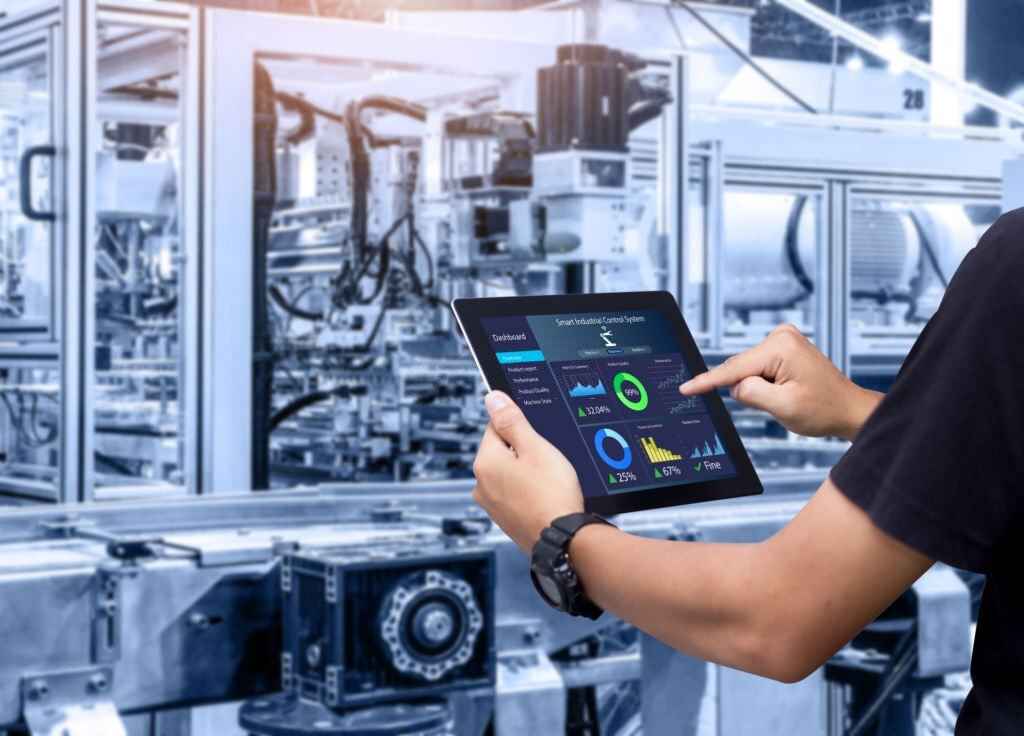Experts predict that the worldwide laser marking machine market will expand from 2021 to 2028 at a compound annual growth rate (CAGR) of 8.0%. That is because there is an increase in the adoption of automated manufacturing processes.
The alternative to laser etching is chemical etching. Both are important business tools, but which one is better for your product? To make the best choice, you need to understand their advantages and disadvantages.
Keep reading as we unveil the differences between the two.
Laser vs. Chemical Etching
Both subtractive manufacturing processes, laser etching, and chemical etching remove an object’s material to create a new shape or design. Since they sound a lot alike, you may conclude that they are interchangeable, being that both create the same result, but that is not the case.
There are distinct differences. If you oversee the fabrication of a product that requires subtractive manufacturing, you want a good understanding of the differences so that you can choose which would be more desirable for your manufacturing process.
Here is how each process works.
Chemical Etching
It is sometimes called machining or photochemical etching. Chemical etching uses an etchant or corrosive agent to remove material from an object or part.
The first step is to use a precise craft maskant to carefully cover the parts you want to resist the etchant’s corrosive effects. Next, the material has exposure to the selected etchant. This removes any material with exposure.
In the metal industry, this type of manufacturing process helps to create an array of patterns, both decorative and functional.
Laser Etching (Manufacturing Processes)
This manufacturing process leverages a narrow beam of coherent light, or a laser, to make a pattern on a surface. A controller directs the laser to determine the size, direction, and beam intensity while it etches.
Laser etching business tools have a few kinds of suitable lasers, including diode, gas, and solid-state, among others. This manufacturing process usually involves a stationery material or part and a mobile controller to be etched.
Sometimes the part moves underneath a fixed laser. Other times, the setup includes both material and a controller which move around to create a pattern.
A common misconception is that laser etching and laser engraving are the same. There are important differences, however.
Laser engravings usually take away material deeper than laser etching does. It cuts into the material. Meanwhile, an etching only takes away sections on the surface.
Therefore, a laser that is used for laser etching is less powerful than an engraving. Now that you understand how both ways of metal cutting differ in their manufacturing process, the next is to understand the consequences of each laser vs. chemical etching.
The Differences in Laser vs. Chemical Etching
Both types of metal fabrication share advantages, like you, can use either manufacturing process on almost every kind of metal. Extremely hard metals can be etched.
Also, both chemical etching and laser etching have amazing capabilities in accuracy and precision. However, how a laser acts when it meets metals is distinctly different from what happens with a chemical. It is important to understand the difference.
Further, the equipment is different. Lasers require a specific type of apparatus. We recommend you click here to learn more about using a laser etching machine.
For a closer look at the essential differences, consider the following aspects.
Production Time
Chemical etching works with the material having exposure to a corrosive environment. Because of this, it is possible to treat a large quantity of material at one time, especially if the objects are small.
Laser etching works in sequential order. The beam can only work on one spot at a time. Even if the laser moves quickly, it cannot move simultaneously.
If you have a low production quantity or you are handling a prototype, this won’t matter. However, if you have a large amount of production, chemical etching will move a lot quicker and with a considerable margin.
Quality of Design Manufacturing Processes
Both manufacturing processes can create elaborate patterns and designs. That said, laser etching is highly repeatable, meaning it will offer better quality control. Although, not every kind of material will work for both chemical and laser etching.
Laser etching will often produce thermal stress. Depending on the material it is working with, it could lead to undesirable distortions or development or burrs. For extremely thin material, this can be incredibly harmful.
The chemical etching does not produce such stress. It does not change the material beyond the original intention.
Complexity of Design
Both chemical etching and laser etching can create complex designs. Still, other limitations to laser etching could cause production challenges.
Laser etching can create many patterns, but it is slower than chemical etching. This can play a negative impact on your project’s cost-effectiveness. Because chemical etching is quick and creates high-quality components, it could be more cost-effective.
Manufacturing Processes
Not all manufacturing processes are the same. When you understand the distinct differences between laser vs. chemical etching, you will get the result you desire, wow your customers, and be cost-effective at the same time.
We understand that for your business to be successful, you need to possess the right technology. That is why we publish articles like this one, to make sure you understand your options and can make the best business decisions.
For more great business tips to help your organization grow and thrive, please do not leave us! Keep clicking on superb advice right now.

